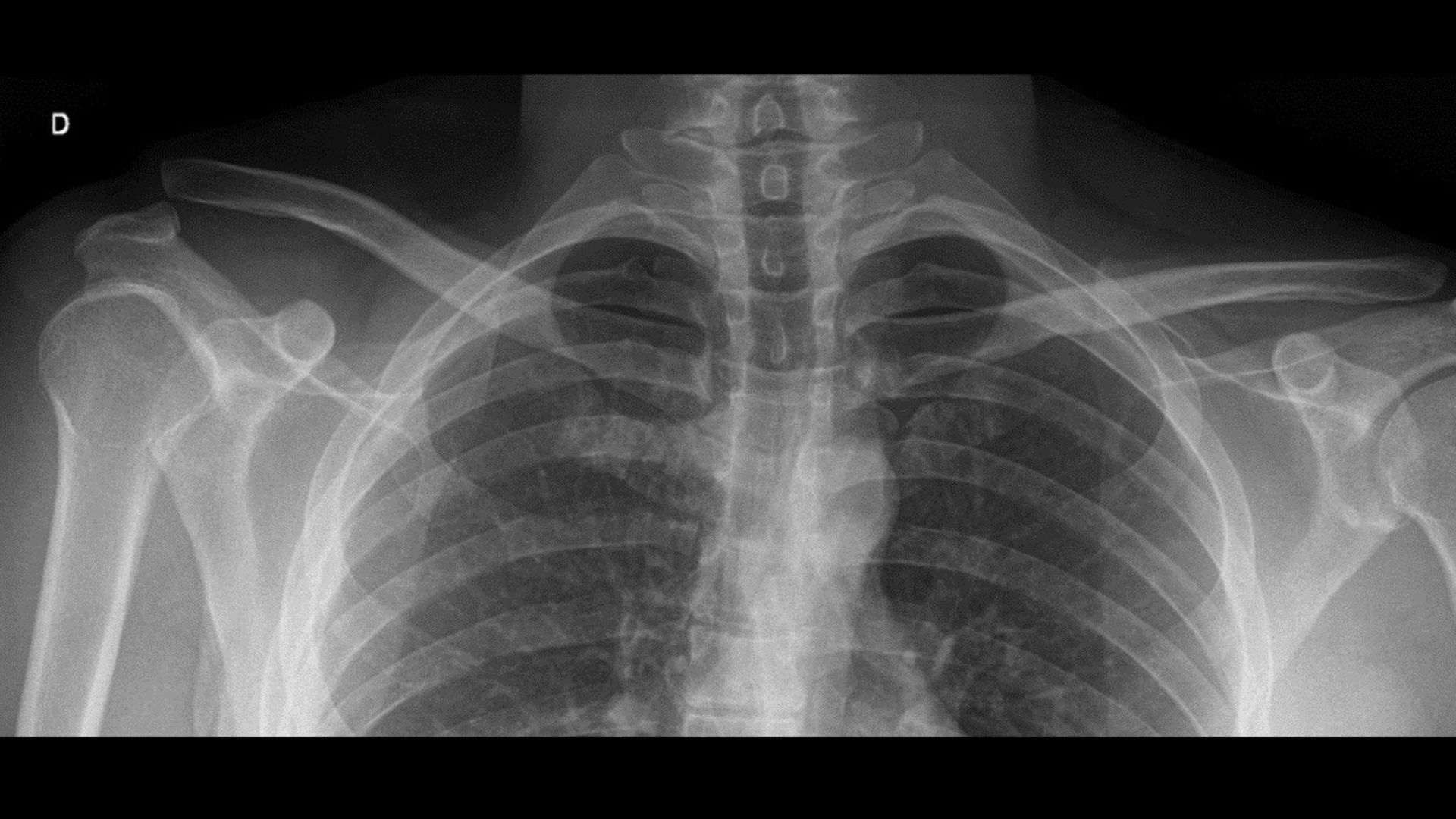Acromioclavicular Dislocation
What is Acromioclavicular Dislocation?
What is Acromioclavicular Dislocation?
The acromioclavicular joint is a joint with little mobility, between the clavicle and the acromion of the shoulder blade, which together with the sternoclavicular joint connects the upper limb to the axial skeleton.
The stability of this joint depends on strong ligaments that provide it with horizontal and vertical stability/firmness, namely the acromioclavicular, coracoclavicular and trapezium-deltoid fascia ligaments.
When these structures are injured, this leads to an acromioclavicular dislocation, in which the lateral end of the clavicle tends to move superiorly and/or posteriorly. It accounts for 9% of shoulder girdle injuries and is more common in young men, and is associated with cycling, football and rugby.
A estabilidade desta articulação está dependente de fortes ligamentos que lhe conferem estabilidade/firmeza horizontal e vertical, sendo eles os ligamentos acromioclaviculares, coracoclaviculares e da fáscia trapézio-deltoideia.
Quando existe lesão destas estruturas, isto leva a uma luxação acromioclavicular, na qual a extremidade lateral da clavícula tende a deslocar-se superiormente e/ou posteriormente. Corresponde a 9% das lesões da cintura escapular e é mais comum em jovens do sexo masculino, estando associadas à prática de ciclismo, futebol e rugbi.

Mechanism of injury
Mechanism of injury
It usually occurs when you fall onto your shoulder with your arm close to your body.
Signs and Symptoms of Acromioclavicular Dislocation
Signs and Symptoms of Acromioclavicular Dislocation
Pain and swelling in the lateral region of the clavicle.
Diagnosis of Acromioclavicular Dislocation
Diagnosis of Acromioclavicular Dislocation
Physical examination
Physical examination
Visualization of deformity with elevation of the lateral region of the clavicle and pain on palpation of this region.
X-ray
X-ray
It allows the deviation of the clavicle to be confirmed, especially when compared with the contralateral side.
Magnetic Resonance Imaging
Magnetic Resonance Imaging
Not always necessary for diagnosis but allows assessment of which ligaments are injured and other associated injuries.
Acromioclavicular Dislocation Treatment
Acromioclavicular Dislocation Treatment
Decision
Decision
It always depends on the degree of injury, but it must always be individualized for each patient. It is based on the Rockwood classification, which divides these injuries into 6 types according to the deviation found on the x-ray.
- Type I: no ligament rupture, normal appearance on X-ray
- Type II: rupture of the acromioclavicular ligaments, increased coracoclavicular distance, but less than 25%, with slight superior displacement of the clavicle.
- Type III: rupture of the acromioclavicular and coracoclavicular ligaments. Coracoclavicular distance increased by 25-100%. Clavicle with superior displacement.
- Type IV: rupture of the acromioclavicular and coracoclavicular ligaments and deltopectoral fascia. Posterior displacement. Inability to reduce the AC
- Type V rupture of the acromioclavicular and coracoclavicular ligaments and deltopectoral fascia. Coracoclavicular distance increased 100 to 300%.
- Type VI: rupture of the acromioclavicular ligaments, but preservation of the coracoclavicular ligaments, since there is an inferior displacement of the clavicle. Inability to reduce without surgery.
Conservative
When to perform? In types I, II and most types III
Treatment options?
Treatment options?
Use of brachial suspensory for 4 to 6 weeks. Prognosis – The correct indication for conservative treatment is generally associated with a good prognosis with progressive reduction of pain and gradual recovery of mobility.
In aesthetic terms, there may always be a small residual deformity of the acromioclavicular joint.
Surgical
Surgical
- When to perform? – In types IV, V and VI and some patients with type III
- Procedure/technique – Ligamentopexy/Fixation of the coracoclavicular and acromioclavicular ligaments using an arthroscopic technique.
Postoperative
- The patient may be discharged on the same day or the day after surgery.
- You must wear a brachial brace until the stitches are removed 2 weeks after surgery.
- You can start passive movements the day after surgery.
When to seek an Orthopedic Specialist?
When to seek an Orthopedic Specialist?
Whenever an acromioclavicular dislocation occurs.